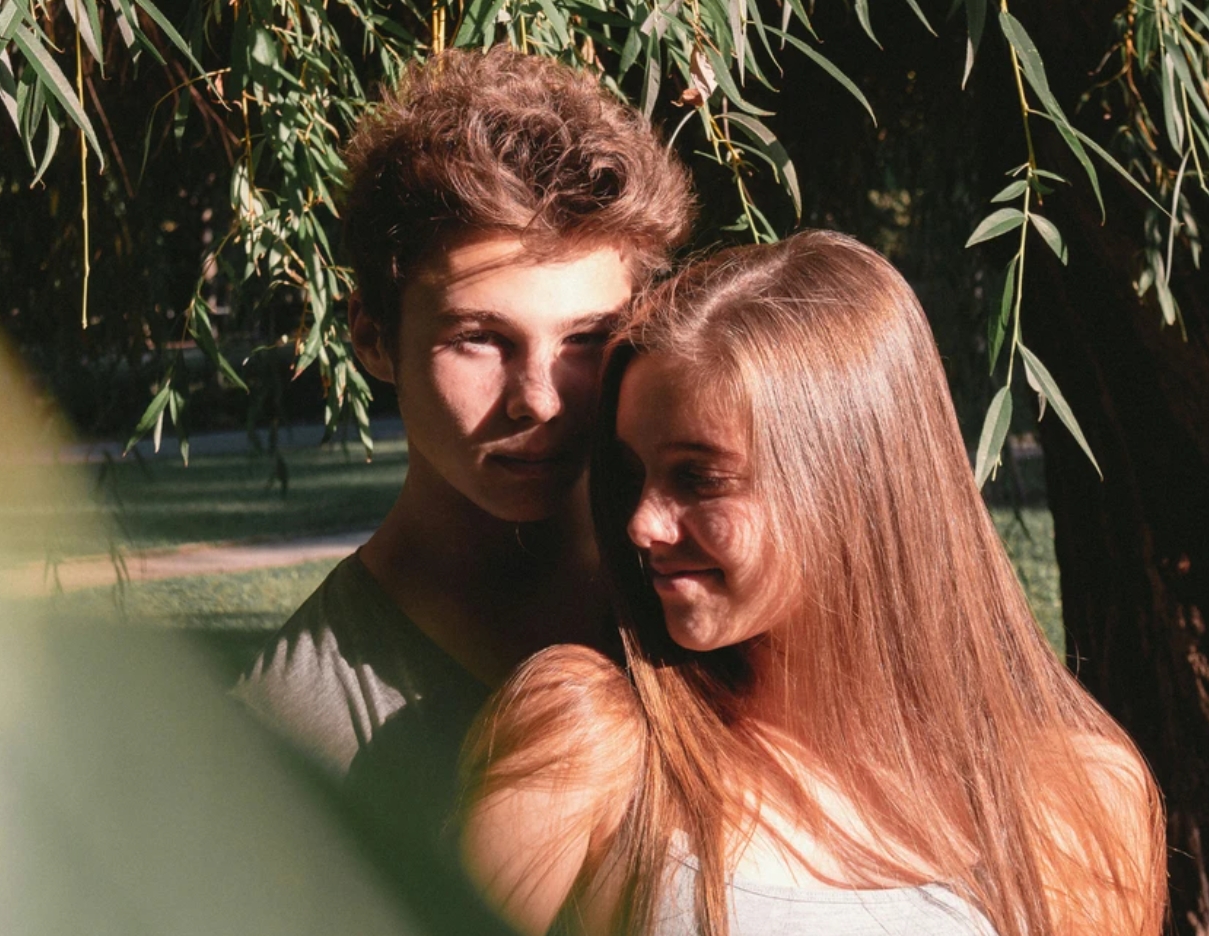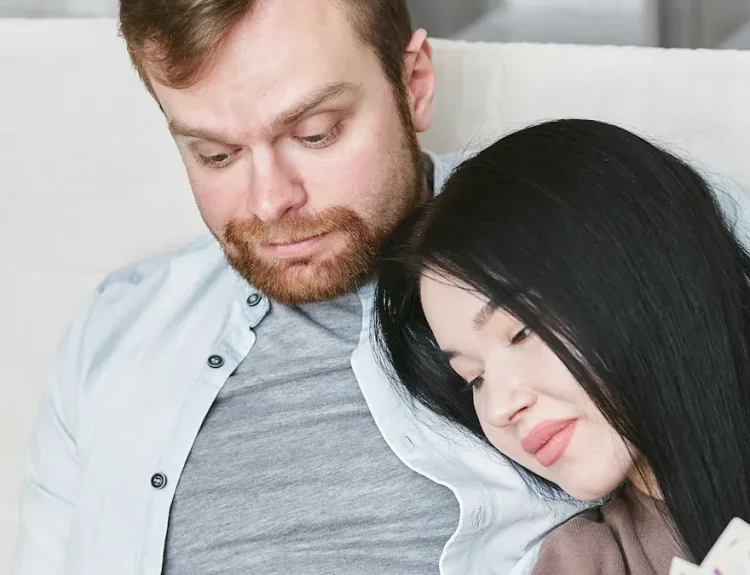Hearts break and hope lingers in every frame of Love story. The film captures the raw ache of love lost and the power of connection across class divides. Audiences around the world still remember the tears, the longing, and the unforgettable words spoken in moments of heartbreak. Why do some stories stay with us forever? This question echoes as viewers recall the impact of this timeless romance.
Key Takeaways
Love Story tells how two people from different lives become close by showing respect and care. The movie shows problems like families not agreeing and not having enough money. These problems test if their love and promise are real. Jenny gets sick and dies, which teaches us about being brave and accepting things. It also shows what love means when life is hard. The movie has a famous line about love and saying sorry. This line has touched many people and is still important today. Love Story made many other movies want to tell stories like it. It also changed how people see romance, making it special for many years.
Love story beginnings

Oliver and Jenny meet
Oliver Barrett IV goes to Harvard. He is from a rich family in New England. He plays ice hockey and feels pressure from his family. Jenny Cavilleri studies music at Radcliffe College. She works as a librarian aide to pay for school. Her dad is a baker and raised her alone. Jenny’s mom died when she was young. Jenny loves classical music and uses her humor to hide her feelings.
They first meet in the Radcliffe library. Oliver asks Jenny for a book. Jenny makes a smart joke and calls him “preppie.” This starts their relationship. They talk with quick jokes and tease each other. Jenny questions what Oliver thinks. Oliver likes how smart and sure Jenny is. Their Love story starts with curiosity and respect.
Jenny’s quick words and Oliver’s jokes show they are different, but also interested in each other. Their backgrounds could have kept them apart, but their bond grows.
Falling in love
Oliver and Jenny spend more time together. They walk in the snow at Harvard and share music and laughs. Their differences show. Oliver’s family wants him to follow their rules. Jenny’s life is simple and full of hard work. These differences cause problems, but also make things exciting.
Oliver likes that Jenny is independent. Jenny sees that Oliver is kind under his tough side. They help each other through hard times. Their Love story grows as they face family and social problems. Their bond gets stronger with every moment together. Their love helps them face doubts and fears.
The start of their romance shows how people from different worlds can connect. Their journey prepares them for the hard times ahead.
Facing obstacles
Family disapproval
Oliver and Jenny come from different backgrounds. Oliver’s family is rich and has a long Harvard history. Jenny’s family works hard and does not have much money. Her dad owns a bakery and raised her with love. The story shows these class differences in many ways. Oliver is seen as a privileged student who plays hockey. Jenny’s life is simple and humble. This difference is important in their Love story.
Oliver’s father does not like Jenny. He wants Oliver to marry someone like them. He wants Oliver to keep the family name strong. Oliver feels pressure to make his father proud. He tells Jenny how hard it is to go against his family. This shows how tough it can be to follow your own path.
Aspect | Description |
|---|---|
Shown through social and class differences between Oliver Barrett IV (wealthy, old-money family) and Jenny Cavalleri (working class, daughter of a baker). | |
Oliver’s Father’s Opposition | Rooted in class differences and high expectations for Oliver to uphold the family legacy, including his father’s Harvard jock past. Not overtly harsh but based on social and economic disparity. |
Jenny’s Father’s Attitude | Affectionate and loving, despite some reservations about social differences and religious norms; not judgmental. |
Thematic Emphasis | Highlights struggles beyond love, including familial resentment and economic challenges as obstacles. |
Jenny’s father supports her choices. He worries about their differences but trusts Jenny. The story uses these family reactions to show how class and tradition affect relationships.
Financial struggles
Oliver and Jenny get married even though Oliver’s father cuts him off. They pick love over money and family rules. They start their life together with very little money. Jenny works as a teacher. Oliver studies law. They live in a small apartment and save every dollar.
Their struggles are like what many young couples faced in the 1970s. The story shows how money problems and social rules can make life hard. Oliver and Jenny choose to build a life together, even with these problems. This shows how values were changing at the time. They prove that love and hard work can help people face tough times.
The Love story of Oliver and Jenny shows that real connection can survive family disapproval and money problems. Their journey is like the struggles of many couples who want to break old rules and find happiness their own way.
Tragedy in love story

Jenny’s illness
Jenny’s health begins to fail after she and Oliver start building their life together. She feels tired and weak, and doctors soon discover she has a serious illness. The film never says the exact name, but many believe Jenny has leukemia. This news changes everything for Oliver and Jenny. Their dreams for the future suddenly seem out of reach.
Oliver tries to stay strong for Jenny. He supports her through hospital visits and treatments. Jenny faces her illness with courage and honesty. She does not hide her fear, but she also does not let it take away her love for Oliver. Their time together becomes even more precious. Every moment matters more because they know their time is short.
Jenny’s illness forces both characters to grow. Oliver learns to care for someone deeply, even when he feels helpless. Jenny teaches Oliver about strength and acceptance. Their Love story becomes a lesson in facing life’s hardest moments with love and dignity.
Heartbreaking ending
Jenny’s illness leads to a tragic ending. She dies young, leaving Oliver alone with his grief. The film’s final scenes show Oliver sitting in the empty hospital, remembering their life together. He feels deep sadness, but also gratitude for the love they shared.
The ending of Love story creates a powerful emotional response. Many viewers and critics describe it as a “three-, four-, or five-handkerchief movie” because it makes people cry. The film does not just show sadness. It also helps people appreciate life and love more deeply. This “happy-sad” ending mixes sorrow with a sense of fulfillment. People feel both the pain of loss and the beauty of what Oliver and Jenny had together.
The ending shows how real life often mixes joy and loss.
Audiences feel sadness, but also a deeper understanding of love.
The story’s emotional impact comes from treating Oliver and Jenny as real people, not just characters.
The sadness feels meaningful because it comes from true connection.
The film’s most famous line, “Love means never having to say you’re sorry,” appears twice. Jenny says it first, and Oliver repeats it at the end. This phrase became very popular after the movie’s release. It ranked #13 on the American Film Institute’s list of top movie quotes. People have repeated and even joked about it in other movies and TV shows. The director explained that the line means real love accepts mistakes and forgives without needing an apology. This idea touched many people during the 1970s and still matters today.
The ending of Love story stays with viewers because it feels honest. It shows that love can bring both happiness and heartbreak. The story’s final moments remind people that even short lives can have great meaning when filled with love.
Inspiration and legacy
Real-life influence
Erich Segal got ideas for “Love Story” from real people and events. He made Jenny Cavilleri like Janet Sussman, a smart pianist he knew at Harvard. Segal wrote her love letters, and she helped shape Jenny’s strong and independent ways. He also used the story of a Harvard student whose wife died young from cancer. This sad event helped create the tragic part of the story.
Oliver Barrett IV, the main male character, has traits from Al Gore and his father. Al Gore felt pressure to follow his family’s wishes, just like Oliver in the movie. Tommy Lee Jones, Gore’s roommate and an actor in the film, inspired Oliver’s tough but poetic side. Segal’s own life as a rabbi’s son and classics scholar helped him understand young students’ struggles. He wanted to write a modern love story that felt real to people in the late 1960s and early 1970s.
Segal’s own life and the people he knew made “Love Story” feel real and full of emotion.
Cultural impact
“Love Story” was a big hit when it came out. The film got seven Golden Globe nominations and won five, like Best Picture – Drama and Best Actress for Ali MacGraw. It also got seven Academy Award nominations and won for Best Original Score. Francis Lai’s music became very popular and touched many people.
The movie came out during the Vietnam War, which made its story of love and loss even stronger. People saw their own problems in Oliver and Jenny’s story. The film changed fashion, language, and how people thought about romance. The famous line, “Love means never having to say you’re sorry,” became very well known.
Many later romance movies and books copied the style of “Love Story.” Scholars say movies like this shape how people see love and relationships. Some critics say the story uses simple characters and common themes, but this helped many people enjoy it. The legacy of “Love Story” still lasts, showing both the happy and hard parts of love.
Love story mixes strong romance, real-life events, and sad moments into a tale that lasts for years.
The movie looks at big ideas like love, losing someone, and growing as a person. These ideas speak to people of all ages.
Movie experts say stories like this help people feel for others and let out emotions, just like “Titanic” or “The Notebook.”
Love stories that show both happy and sad times help people see how relationships can be complicated and why caring for others matters.
FAQ
What inspired Erich Segal to write “Love Story”?
Erich Segal got ideas from people he met at Harvard. He made Jenny like a skilled pianist he knew. Oliver was based on students such as Al Gore. Segal wanted to show how love and loss change young people.
Why did “Love Story” become so popular?
“Love Story” made many people feel strong emotions. The movie’s simple plot and famous lines helped it reach people everywhere. It showed love and loss in a real way.
What does the line “Love means never having to say you’re sorry” mean?
This line means real love brings forgiveness and understanding. People who love each other accept mistakes without needing to say sorry.
Did the movie influence other romantic films?
Yes, many romance movies later used the same ideas. “Love Story” started a trend about young love, class gaps, and sad endings.
Is “Love Story” based on a true story?
“Love Story” is not a real story, but Segal used real people and events for ideas. He mixed these things to make a made-up but believable romance.









